By Alicia J. Samolis and Michael A. Gamboli
On September 7, 2022, the National Labor Relations Board (“NLRB”) published a proposed rule (“Proposed Rule”) rescinding and replacing its current rule for determining joint-employer status under the National Labor Relations Act (“Act”). If adopted in its current form, the Proposed Rule would significantly expand the conditions under which joint employment exists. In layman’s terms, joint employment is essentially when more than one employer is considered to be an employee’s employer under the eyes of the law, and in this case, under the Act. The NLRB’s current rule on assessing when joint employment exists was published in April of 2020 during the Trump administration.
By way of background, the NLRB is responsible for enforcing the Act’s prohibitions against employers from interfering with, restraining, or coercing employees in the exercise of their protected rights relating to organizing, forming, joining or assisting a labor organization for collective bargaining purposes, or from working together to improve terms and conditions of employment. Generally speaking, except for interstate railroads, airlines, and employers that employ only agricultural employees, the Act applies to all private sector employers regardless of the amount of employees they employ.
Proposed Rule
The Proposed Rule provides that an employer is considered a joint employer if the employer “shares or codetermines those matters governing at least one of the employees’ essential terms and conditions of employment,” which, per the Proposed Rule, includes wages, benefits, and other compensation; hours of work and scheduling; hiring and discharge; discipline; workplace health and safety; supervision; assignment; and work rules and directions governing the manner, means, or methods of work performance.
Notably, the Proposed Rule also provides that a party asserting a joint-employment relationship may establish joint-employer status through direct evidence of control or through “evidence of indirect and reserved forms of control, so long as those forms of control bear on employees’ essential terms and conditions of employment.” This represents a noteworthy change to the current rule’s standard, which states that in order for an employer to rise to the level of a joint employer, the employer must actually exercise direct and immediate control over an employee’s essential terms and conditions of employment in a manner that is not sporadic and isolated. Thus, under the Proposed Rule, an employer could be deemed a joint employer even if it does not actually directly control an employee’s employment—such as if it were to exert indirect control over an employee’s employment through an intermediary.
The general public has the opportunity to submit comments to the NLRB on all aspects of the Proposed Rule on or before November 7, 2022. If the Proposed Rule is adopted, it would likely take effect in early 2023.
Application to Staffing and Affiliate Arrangements
Joint employment is of particular importance to companies that find themselves in the position of sharing the services or oversight of workers. Joint employment will always be an issue for both staffing companies and employers who use staffing companies. Joint employment will also be a high-priority issue for affiliated companies under common ownership or control where an employee works for one company but provides services to an affiliate, reports to an employee who works for an affiliate or has human resources handled by an affiliate.
What Should Employers Start Doing?
The consequences of an employer being held to be a joint employer can be significant. If the NLRB determines that two or more employers are joint employers, they would each be jointly liable for any violations of the Act, which could result in the NLRB ordering the employers to reinstate employees, pay backpay to employees who are unlawfully terminated, and other remedies such as issue cease and desist orders to prevent future violations of the Act. As a result, employers ought to begin preparing for the adoption of the Proposed Rule by working with legal counsel in reviewing arrangements it may have with another employer, whether in writing or otherwise, wherein the employers share or codetermine employees’ essential terms and conditions of employment, either directly or indirectly.
The Employment & Labor Practice Group at Partridge Snow & Hahn is fully updated on the Proposed Rule and other related issues and is available to answer your questions.


